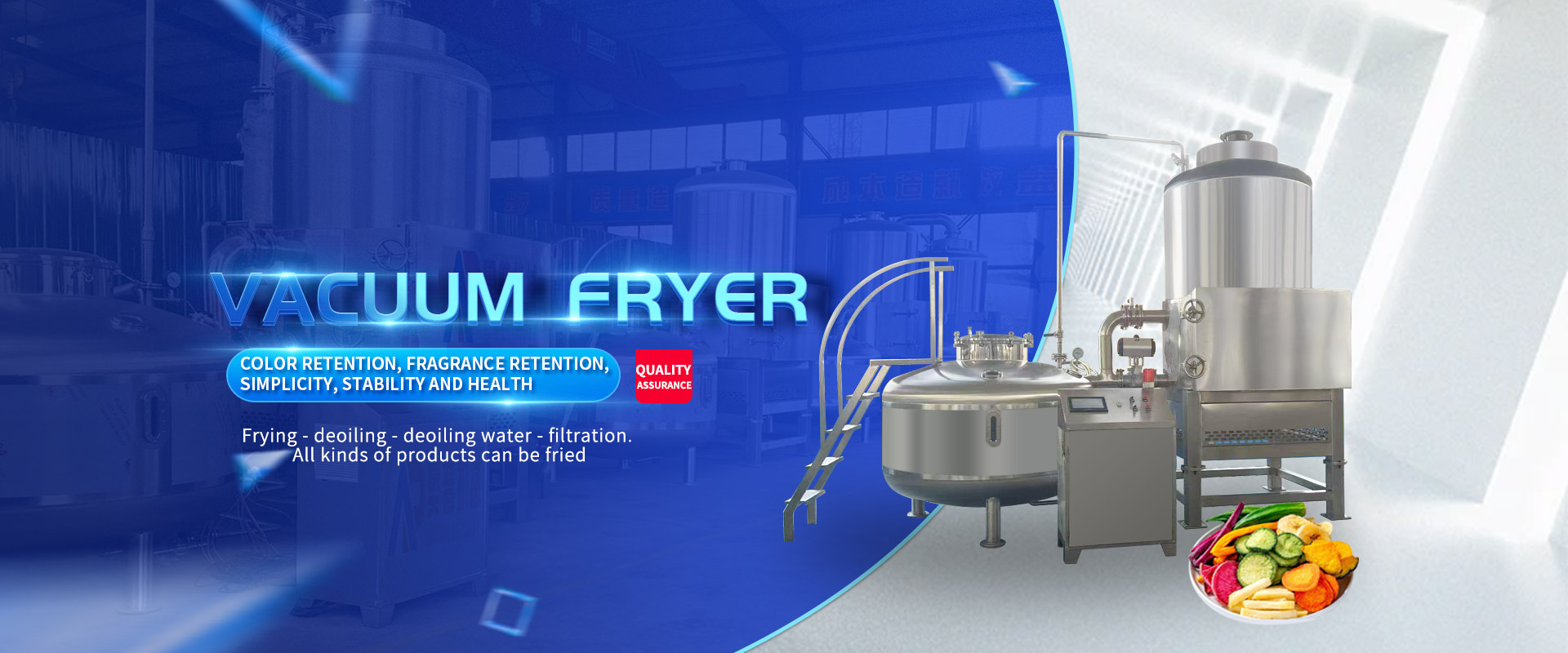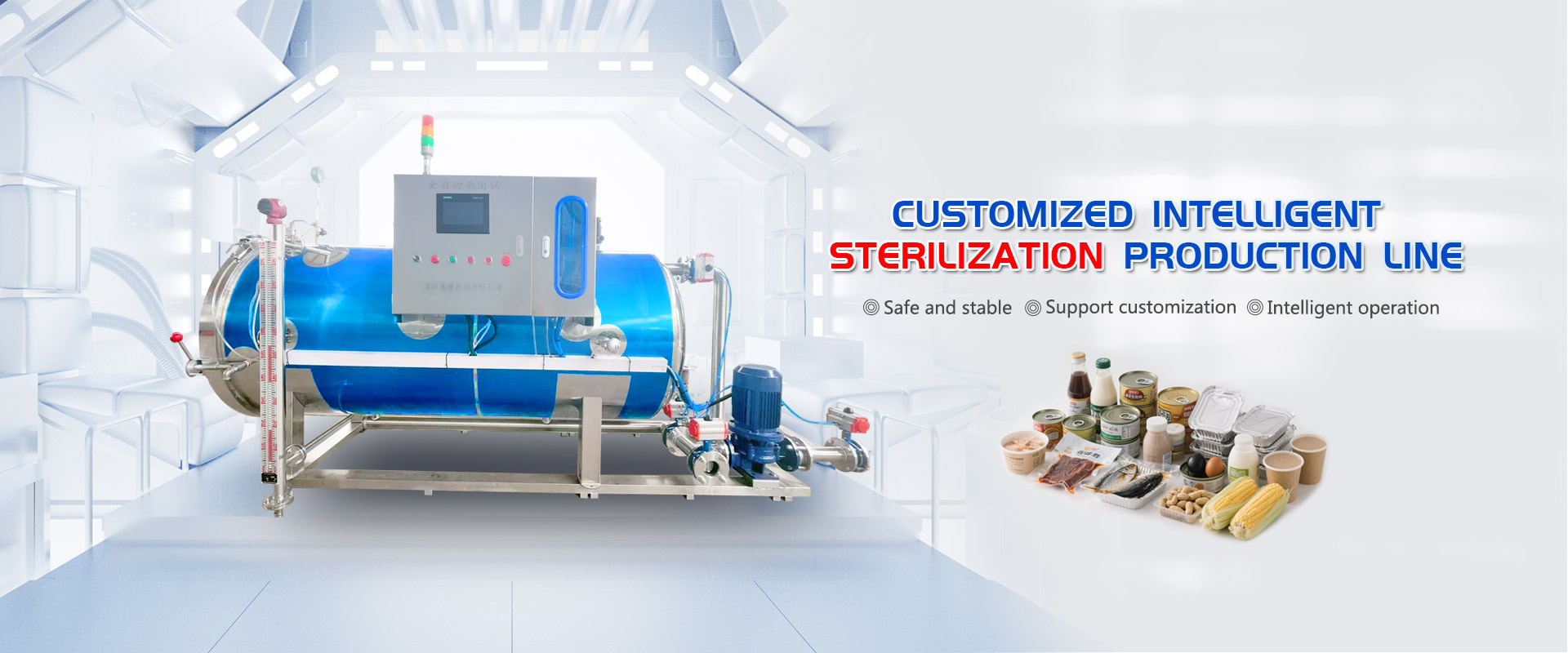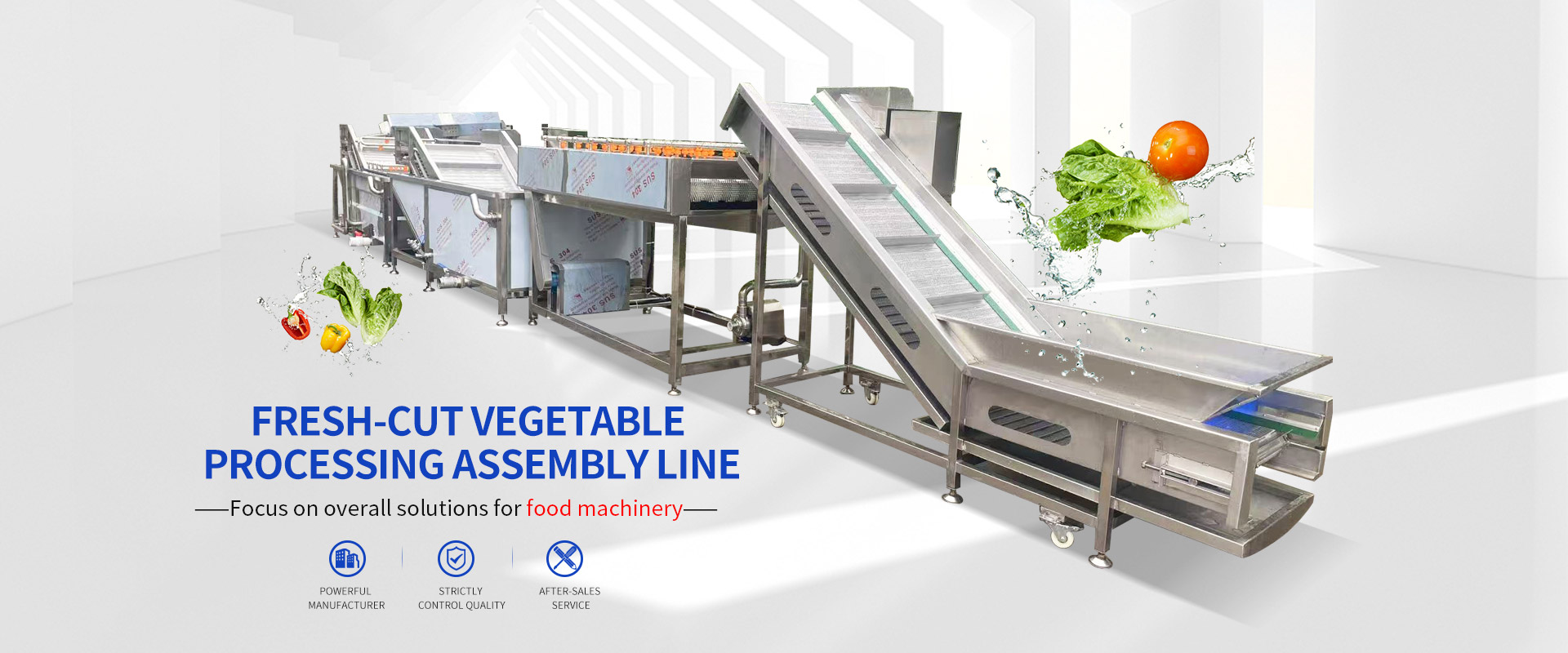
Pasteurization is the process of heating the mixed material to 68-70 ℃ and maintaining this temperature for 30 minutes before rapidly cooling it to 4-5 ℃. Due to the fact that the lethal point of most bacteria is at a temperature of 68 ℃ and a duration of less than 30 minutes, treating the mixed material with this method can kill pathogenic bacteria and the vast majority of non pathogenic bacteria; After heating the mixed material, it suddenly cools down, and the rapid change in heat and cold can also promote the death of bacteria.
Within a certain temperature range, the lower the temperature, the slower the reproduction of bacteria; The higher the temperature, the faster the reproduction (the suitable temperature for microbial growth is generally 28 ℃ -37 ℃). But if the temperature is too high, bacteria will die. Different bacteria have different suitable growth temperatures and heat and cold resistance abilities. Pasteurization is actually the use of the characteristic that pathogens are not very heat-resistant, treated with appropriate temperature and insulation time to completely kill them. However, after pasteurization, a small amount of harmless or beneficial, heat-resistant bacteria or bacterial spores are still retained. Therefore, pasteurized milk should be stored at a temperature of around 4 ℃ and can only be stored for 3-10 days, up to 16 days.The variety of pasteurization procedures used today is complex. Low Temperature Long Term (LTLT) processing is an intermittent process that is now only used by small dairy factories to produce some cheese products. High Temperature Short Term (HTST) treatment is a "flow" process typically carried out in plate heat exchangers and is now widely used in the production of drinking milk. The products obtained through this method are not sterile, meaning they still contain microorganisms and require refrigeration during storage and processing. Rapid pasteurization is primarily used in the production of yogurt and dairy products. There are primarily two internationally used pasteurization methods:
One method is to heat the milk to 62-65 ℃ and maintain it for 30 minutes. By using this method, various growth pathogenic bacteria in milk can be killed, and the sterilization power can reach 97.3%~99.9%. After disinfection, only some thermophilic bacteria, heat-resistant bacteria, spores, etc. remain, but most of these bacteria are lactic acid bacteria, which are not only harmless to humans but also beneficial to health.
The second method is to heat the milk to 75-90 ℃ and keep it warm for 15-16 seconds, which shortens the sterilization time and increases the working power. But the basic principle of sterilization is to kill the pathogenic bacteria, as high temperatures can result in significant nutrient loss.
PU, Keeping at a temperature of 60 ℃ for one minute is called sterilization strength, which is a PU




 Enter the mobile website
Enter the mobile website